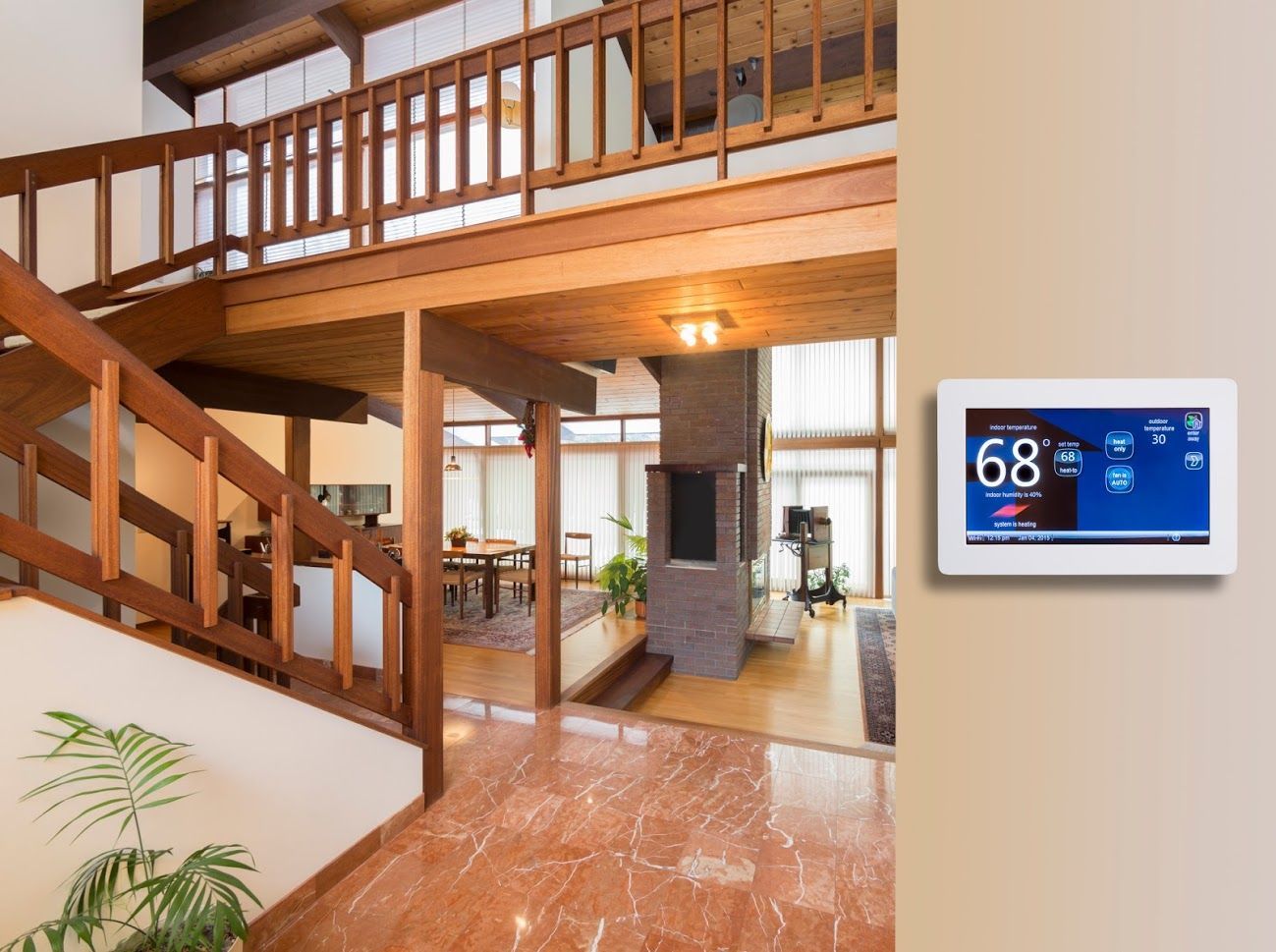Understanding Air Conditioning Energy Efficiency Ratings

Your air conditioning will be an essential part of your home's comfort this summer. However, the AC can also increase your energy bills. The first step towards reducing energy bills is to understand air conditioning energy efficiency ratings.
Seasonal Energy Efficiency Ratio
The Seasonal Energy Efficiency Ratio (SEER) measures the cooling efficiency of an air conditioner. It is calculated by dividing the cooling output during a typical cooling season by the energy consumed in watt-hours. SEER provides a standardized metric for comparing the efficiency of different air conditioning systems.
SEER takes into account the energy consumption over an entire cooling season rather than just a single operating point. Such is crucial because air conditioners operate at varying conditions and temperatures throughout the year. The ratio allows consumers to assess the energy efficiency of an air conditioner over an extended period, considering the changes in temperature and the system's performance across the cooling season.
A higher SEER rating indicates greater energy efficiency, meaning the air conditioner can provide more cooling output for each unit of electricity it consumes. This implies that air conditioners with higher SEER ratings can provide the same level of cooling while using less energy compared to those with lower SEER ratings. Consequently, a higher SEER-rated air conditioner can help reduce energy consumption and lower utility costs while also being more environmentally friendly.
Manufacturers must provide SEER ratings for their products, allowing consumers to make informed decisions based on energy efficiency when purchasing an air conditioner.
Energy Efficiency Ratio
The Energy Efficiency Ratio (EER) calculates the ratio between the cooling capacity of an air conditioner (in British thermal units, or BTUs) and the amount of electrical power it consumes (in watt-hours).
The EER rating shows how efficiently an air conditioner converts electrical energy into cooling power. A higher EER rating indicates a more efficient air conditioner that provides greater cooling while using less electricity.
Manufacturers display the EER rating on the product label of air conditioners. It is determined through standardized testing procedures and can vary based on the type and capacity of the unit. Generally, higher-end models have higher EER ratings, indicating better energy efficiency.
Energy Star Rating
The Energy Star rating program in the US, developed by the Environmental Protection Agency (EPA), identifies and promotes energy-efficient air conditioning systems. Its purpose is to assist consumers in making informed choices by providing a standardized and reliable method to compare energy efficiency.
Air conditioners are awarded an Energy Star rating if they meet or exceed the EPA's specific energy efficiency criteria. These criteria are periodically updated to reflect technological advancements and raise efficiency standards. Air conditioners with the Energy Star label typically consume 9% less energy than standard models, resulting in lower electricity bills and reduced environmental impact.
Air conditioners undergo rigorous testing to qualify for an Energy Star rating and must meet specific performance requirements. Energy Star-rated air conditioners also often include advanced features such as programmable thermostats, variable-speed motors, or smart functionality that optimize energy usage and enhance performance.
Heating Seasonal Performance Factor
The Heating Seasonal Performance Factor (HSPF) represents the ratio of heat output to electricity input during the heating season. In other words, the HSPF measures how effectively an air conditioner can generate heat compared to its energy consumption.
Higher HSPF values indicate greater energy efficiency and better performance. A system with a higher HSPF rating will produce more heat output for each unit of electricity consumed, resulting in lower energy costs and reduced environmental impact. The HSPF takes into account factors such as the system's compressor efficiency, auxiliary heating, and overall energy usage patterns.
One other way to make your AC more efficient is to work with a professional HVAC contractor. Comfort Solutions provides reliable HVAC services. Contact us today for all your HVAC needs.










